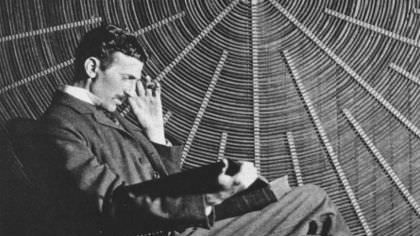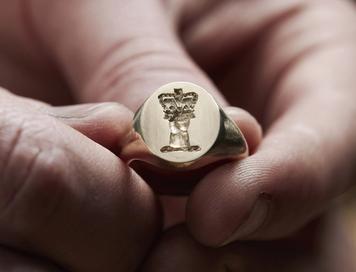

WHO? – NIKOLA TESLA AND THE ‘WAR OF THE CURRENTS’
- Words: Violet
One of the most useful of the 1,340 inventions of Thomas Edison was the light bulb. He soon went on to create generators, a distribution system and electricity meters, and famously lit up Wall Street. But there was a flaw in this apparent miracle. He used ‘direct current’, or DC, and this could not be transmitted over long distances, needing power stations every mile, and thick wires that made cities look like spider’s webs. With Edison’s reputation, most people accepted the poor situation.
Then a young man arrived from Europe where ‘alternating current’ or AC was used, including transformers, motors and meters. Nikola Tesla, 28, from Croatia, was shocked by what he saw in America. Visiting Edison, he promised to solve the shortcomings. Edison was so confident in his system that he offered Tesla a large bonus.
When Tesla quickly announced that he had solved all problems – including a new AC motor – Edison refused to pay up, claiming that the offer ‘had been an American joke!’ Furious, Tesla resigned and his genius was snapped up by George Westinghouse who had been investing in AC.
The huge and obvious advantage was that AC could be generated in large, remote power stations, then distributed cheaply at high voltage and stepped down by local transformers to low voltage. But Edison had invested heavily in DC patents, and he and General Electric were quite looking forward to the profits from building lots of little power stations.
The ‘War of the Currents’ broke out – with Edison and General Electric with DC versus Tesla and Westinghouse with AC. Edison then behaved badly. His PR people implied that AC was dangerous, even staging shows in which dogs and horses were electrocuted, together with the electrocution of a murderer in an electric chair. However at Chicago’s Columbian Exposition in 1893 both systems were tried and AC proved much more efficient.. As more communities turned to AC, General Electric accepted the situation, overruled Edison and embraced the new technology. However, Edison’s people indulged in a last, tasteless propaganda exercise – the filmed electrocution of ‘Topsy’, an elephant.
AC swept the world while DC systems dwindled. One holdout was London’s Bankside Power Station, which had supplied DC for the printing presses in Fleet Street. Today, of course, we know it as The Tate Modern.
By Donough O’Brien


